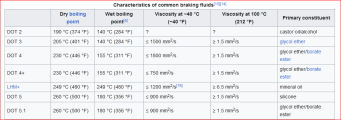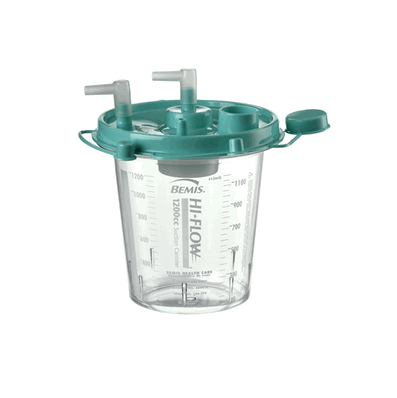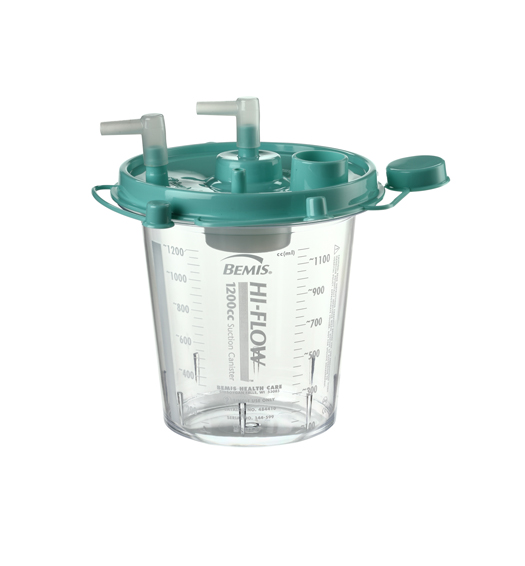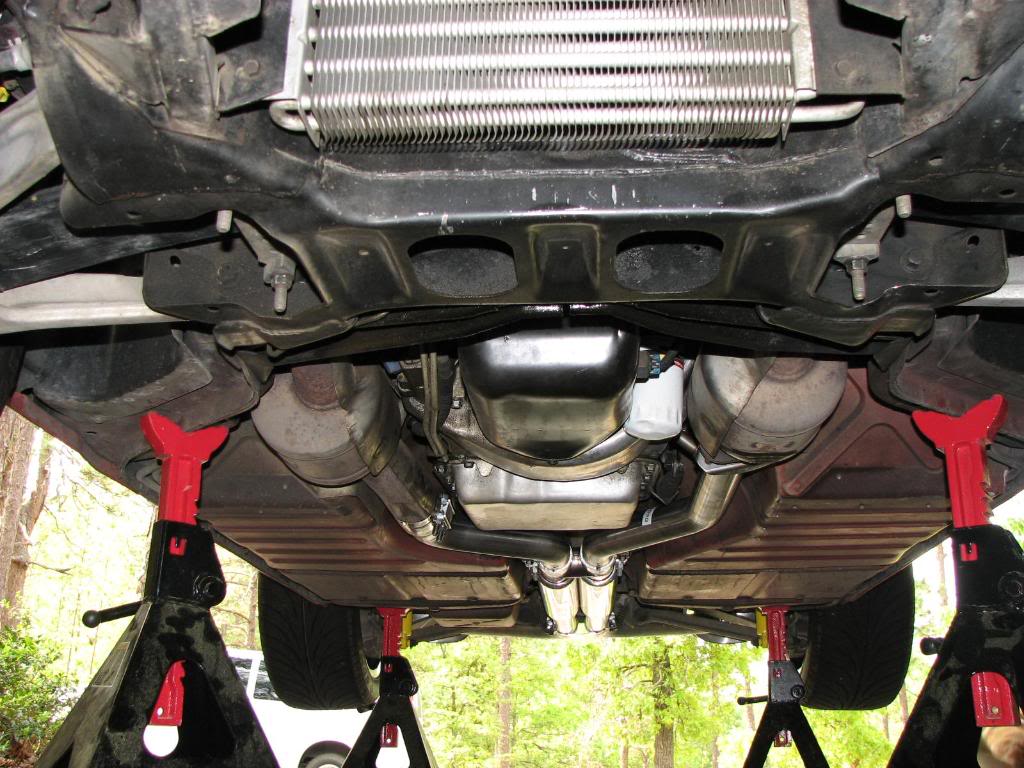Stick the Corners
Active Member
While my 40k mile 84 C4 is still on Jack stands, looking at other fluid replacements.
Brake system:
Power steering
I’m not sure if there is power steering seepage around my pump, but barring pump replacement or repair, is the fluid in the reservoir just sucked out using a hand pump before exchange with new?
Brake system:
- Regarding the brake system, is replacement with Dot 4 fluid, that is not silicone based, the proper fluid to use?
- When bleeding the rear calipers before dealing with the front in a complete fluid exchange, is jacking up the front higher needed, as mentioned in the shop manual?
- Also, the shop manual details that left rear caliper, right rear, front left, front right is the proper order which is not the generic sequence where the passenger sides are usually addressed first with the rear and front respectively.
- While manually bleeding of each caliper in sequence is done after pumping the brakes and holding pedal pressure while the bleeder is opened and closed into a brake fluid immersed tube in a jar, is there an advantage to using a hand held vacuum kit like this …https://www.amazon.com/Beduan-Piece...hvlocphy=&hvtargid=pla-4583863993108774&psc=1.. , especially if trying to do the process alone without assistance?
Power steering
I’m not sure if there is power steering seepage around my pump, but barring pump replacement or repair, is the fluid in the reservoir just sucked out using a hand pump before exchange with new?





